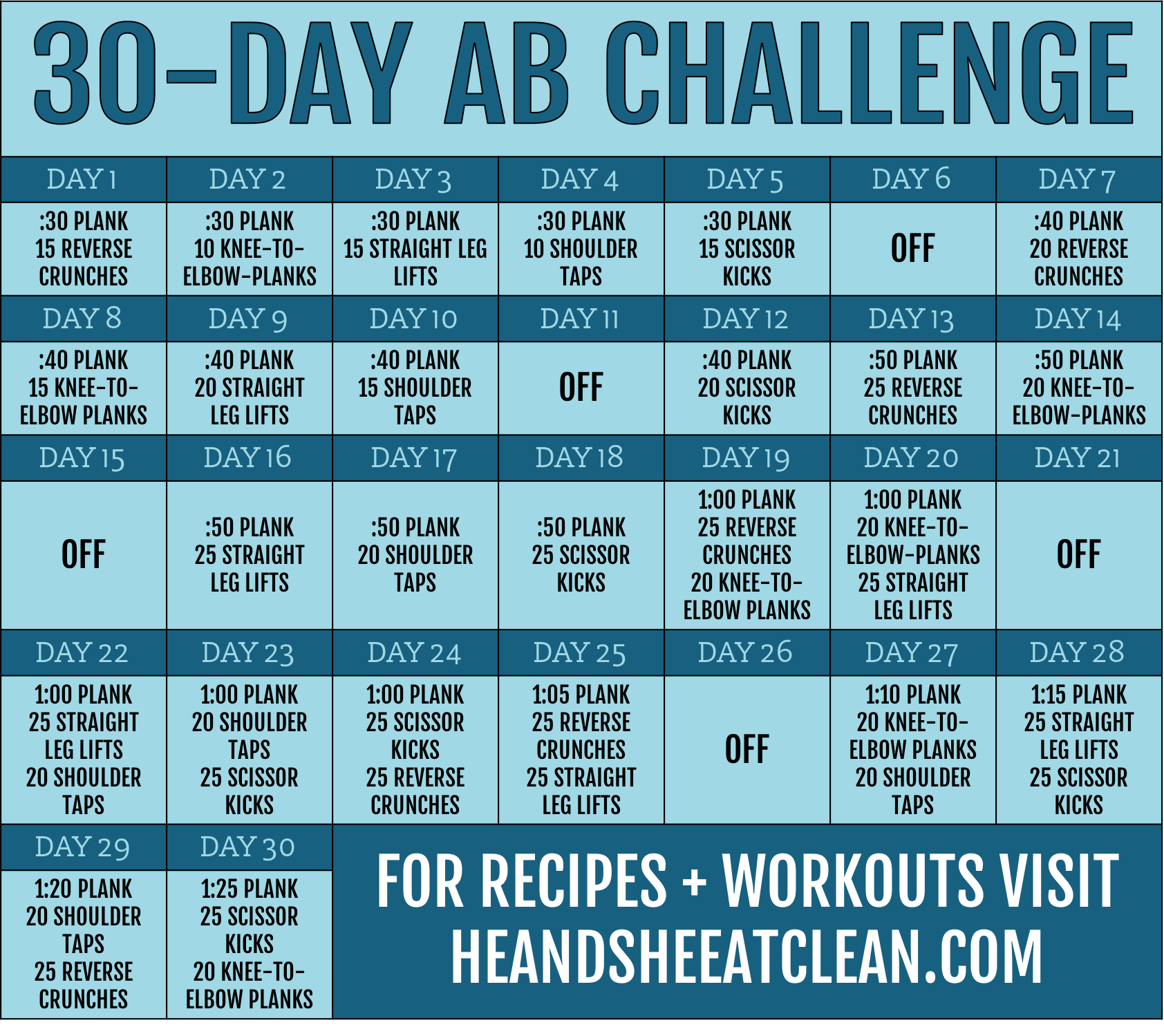Want a FREE Dessert & Treat eCookbook?
Join our newsletter and instantly get your copy of our favorite dessert and treat recipes like Clean Eating Cookie Dough and Oatmeal Cinnamon Raisin Cookies! Click here to join now.
Note: We're on Snapchat! You can find us under hesheeatclean. We will be posting more of our meals, workouts, and money saving tips! Also, follow us on Instagram, Facebook, Pinterest, and Twitter!
Eating clean doesn't mean that you are locked into a lifestyle where you eat the same meals every day or even each week. (Of course, if you would prefer that, you are more than welcome to do so.) Adopting the clean eating lifestyle can provide as much variety as no dietary restrictions.
As soon as we start talking to people, a few will mention that they have a hard time sticking with clean eating because they got sick of eating the same thing week after week. If you are they type of person that enjoys trying new foods, why pigeon-hole yourself into a situation you won't WANT to stick with! There are countless possibilities for foods when eating clean - don't get in a rut!
How do we do it? We follow 5 rules when we plan our shopping lists and menus for the week.
5 Ways to Increase Variety with Clean Eating
- Try at least three new recipes per week. Think breakfast, lunch, dinner, sides, dessert, shakes, protein bars, etc.
Follow us on Pinterest & Never Miss A Recipe!
- Try one vegetable that you haven't tried each week. If you have tried them all, find a new way to cook a more "rare" vegetable.
- Have a theme day, not just a theme night. This will force you to cook a certain food a particular way, including your breakfast, lunch, dinner and side dishes. Think Mexican, Italian, etc.
- Let your spouse, children or a friend choose one of their favorite dishes for a weekly meal. It may be the same as last meal, but if others are excited about it, it will make eating it more appetizing.
- Set a rule in your home for how many times you will repeat a meal (perhaps during food prep) per week. For example, if you make Salsa Chicken this week, you cannot make it again for 2 weeks.
How do you increase variety week to week while still eating clean?






![#ProgressIsPerfection [3 Simple Ideas to Reach Your Goals]](https://images.squarespace-cdn.com/content/v1/555c964fe4b07d15252a8927/1520969172984-7HDOHI6ZRM0PCZCZ7O67/progress-is-perfection-silk-he-and-she-eat-clean2.jpg)






























